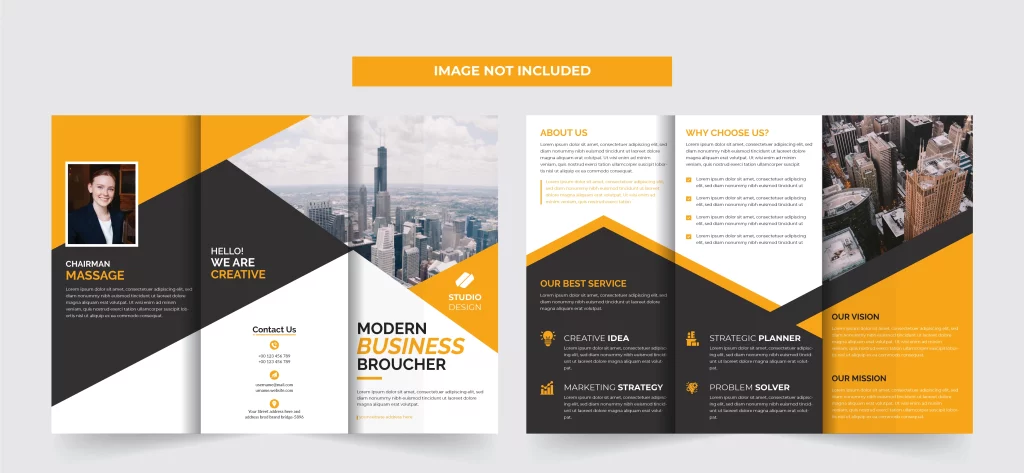
Retailers play an important role in bringing products to market, but as a product owner or supplier, simply handing over your products and hoping for the best is not enough. To maximize your success, you need to actively help retailers market your products.
There are a few ways to get started. And in this article, we’ll walk you through nine ways you can help retailers effectively promote and sell your products, whether you’re working with large chains, independent shops, or online retailers. Let’s get started!
What Do Retailers Want To Help Them Sell Your Products
1. Sales and Marketing Plan
As a manufacturer or supplier, one of your responsibilities to retailers is to initiate and implement a marketing strategy to get consumers to buy the products.
You should have a sales and marketing plan to present to retailers. Having a long-term plan on hand also indicates stability and reliability as a supplier which is a huge plus.
2. Build Your Brand
Brand recognition is also very important in the ever-competitive market. Retailers want to sell products that their customers are keen to buy. If your products are already known, retailers will not have a difficult time selling the products since customers are already looking for them.
To do that, promote your products online through social media and blogs.
Build your brand by building a solid following on Facebook, Instagram, Twitter, Youtube, Pinterest, and other social media channels. Establish and promote your products online by also having a website and hosting your own blog. Implement growth hacking strategies to spread the word about your products.
3. Create Visuals and Videos
In marketing to consumers, visuals and videos are one of the most effective ways to get attention. For one, visuals and videos are easily shared via social media. Going viral online is one of the top marketing strategies to get the word out about your products and get people to talk about them.
4. Marketing Materials
Retailers also need to have quality marketing materials in order to sell to their customers.
Especially for online retailers, you need to provide them with high-quality product images, great product descriptions, retail pricing, product warranty, and other necessary details. You can also provide banner ads that advertise the products online and offline.
The product line sheet gives a quick overview of what you have to offer as follows:
- High-quality product images
- Catchy product descriptions
- SKU product code
- Pricing
- Ordering processes
- Patents if applicable
- Customer Testimonials
- Awards and Media Coverage, if applicable
- Website
- Company Name
- Contact information i.e. email address, phone and mobile number, and office address
We made a post on the 6 wholesale marketing materials that you need to provide wholesale customers.
Marketing materials, specifically product descriptions, should sell your product by listing the benefits that customers can get in buying your product.
As explained by The Launch Coach, “Your job is NOT to sell your product but to sell the outcome that your customers want. Outcomes are the primary thing they care about, and it’s your job to show them that they can have those outcomes via your product.”
Aside from this, you need to provide brochures and product catalogs, especially for retailers who have physical stores. You can also provide a copy of positive customer reviews, awards, and coverage from prominent media outlets. Another plus is product videos that show off your products.
Want to know how to make great product descriptions? Read more here.
5. Product Samples
While it is not mandatory, offering free product samples to potential customers can be an effective marketing tool to promote and sell your products. However, it’s important to carefully consider the cost of producing these samples and calculate the potential return on investment to ensure that the promotion does not lead to financial losses.
The decision to offer product samples as part of your marketing strategy should be based on various factors, such as the product’s marketability and the target audience.
If you are introducing a new product to the market, providing free samples can help generate interest and demand among consumers who may be hesitant to purchase a new, unknown product. Additionally, product samples can help customers experience the benefits and quality of the product firsthand, leading to potential repeat purchases and positive word-of-mouth recommendations!

Lastly, offering product samples can also be a valuable tool for building brand awareness and loyalty.
It allows customers to try and become familiar with your products, and if they are satisfied, they are more likely to choose your brand over competitors in the future.
In a nutshell, while offering product samples is not a one-size-fits-all marketing solution, it can be a worthwhile investment for companies looking to expand their customer base and boost sales!
6. Dropshipping
Depending on your arrangement with the retailer, you can also offer dropshipping. You will be responsible for the logistics and shipping of the products directly to customers; while the retailers are the ones that displayed and sold the products to the said customers.
Wholesale retailers have expectations in dropshipping as follows:
- Responsive Online Store
- Trust and Credibility
- Correctness of Shipment
- Provide Information and Materials
- Customer Service
- Clear Terms and Conditions
- Fast Delivery Time
We made a post on what wholesale buyers expect from your dropshipping operations here.
7. Customer Service and Excellent Communication Line
It is also expected that problems will crop up along the way. That’s why providing excellent customer service goes a long way for retailers. You need to have well-trained employees who will respond to queries, complaints, comments, and suggestions from retailers.
You need to be able to quickly troubleshoot and solve the problems encountered by retailers. Don’t hesitate to ask for feedback from retailers as to the quality of your products and services in order to better serve them. Go the extra mile by maintaining constant communication with retailers!
8. Great Packaging
If you have a great product but lousy packaging, you are hurting your sales and brand. Packaging includes the product design, the box, and the brand label. You may reason that the packaging doesn’t matter since it’s the product that matters, but you’re wrong and it’s time to change how you think.
Packaging plays an important role in the shopping experience.

From the time the package arrives on the doorsteps of the customer to the unboxing of the package and holding of the products, all of this factors into the overall satisfaction of the customer. Having a high satisfaction rating from customers will boost sales and give you more repeat buyers.
Wondering how to make the box look appealing to customers? Read our post on the 5 design tips to make the packaging interesting.
9. Product Delivery
As a business owner, you understand the importance of efficiency, and retailers are no different. They need to keep their shelves stocked with high-quality products that arrive on time and in good condition. That’s why fast turnaround time for delivery is crucial for building strong relationships with retailers.
It’s essential to ensure that your products are delivered in perfect condition, with no defects or damages, and arrive according to the agreed schedule. Late deliveries are a major red flag for retailers, and they can quickly turn to other suppliers if they experience shipping problems.
Not only does this impact your relationship with the retailer, but it also tarnishes your brand’s reputation in the eyes of consumers.
Conclusion
Are you a product owner or supplier looking to maximize your success with retailers? If so, you need to actively help retailers market your products to increase brand awareness, boost sales, and build stronger relationships with your retail partners.
In this article, we explored 9 ways you can help retailers effectively promote and sell your products:
- Sales and Marketing Plan
- Build Your Brand
- Create Visuals and Videos
- Marketing Materials
- Product Samples
- Dropshipping
- Customer Service and Excellent Communication Line
- Great Packaging
- Product Delivery
Do you have questions about helping retailers market your products? Let us know in the comment box!








Hello Katrina,
You write very well how retailers market our products through his/her channels. Your step by step guide will help to all wholesalers or distributors. We also belong to the same industry, we supply wholesale cell phone spare parts for repair or replacement all over the world!
Your above guidance will help us to set up business locally with retailers.
Thanks!
CellPhoneSpares
(Wholesale Cell Phone Spare Parts Supplier)